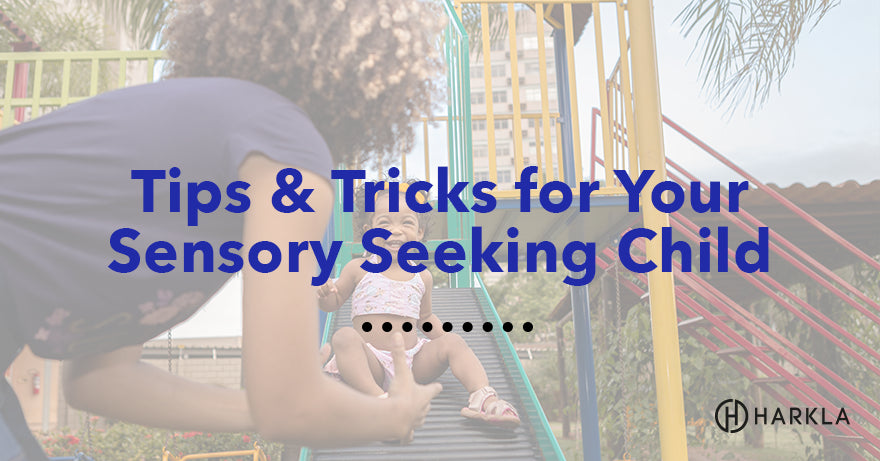Your Cart is Empty

Over the past few years, there has been an increase in awareness and concern for Auditory Processing Disorder (APD) in children. Also known as Central Auditory Processing Disorder (CAPD), it is important to realize the clinical nature of this disorder and some its intricacies, as many of the symptoms can present themselves as a subset of several other more common childhood disorders. It is noted that APD affects about 5% of school-aged children in the United States. Boys are more likely to be diagnosed than girls.
Auditory Processing Disorder itself is a disruption in the brain/body connection – how the central nervous system processes auditory information (sound). Auditory Processing Disorder is not a learning disability or a loss of hearing. It does not involve the comprehension of language.

Children with APD are thought to hear normally, but the breakdown is in how they distinguish the differences in sounds. This difficulty is most noted in a loud complex environment, like a busy classroom, birthday party, sports event, restaurant or cafeteria, or even on the playground.
Often, children with auditory processing difficulties function significantly better in a quiet, controlled environment. The impact of this type of breakdown can have a negative social impact, present as a behavioral challenge, and if left untreated, can even lead to learning delays, struggles with self-esteem and anxiety/depression.
To date, there are no known causes of auditory processing disorder. Medical professionals have linked some cases of APD to illnesses such as chronic ear infections, head injuries, lead poisoning, prematurity, low birth weight, or genetic causes.
There are many other neurodevelopmental disorders that have similar presentations as Auditory Processing Disorder. Attention Deficit Hyperactivity Disorder, Sensory Processing Disorder, Autism Spectrum Disorder, and even some anxiety/depression symptoms may co-exist or mask APD.
It is important to rule out the above developmental disorders and mention health disorders before identifying a true APD. When seeking a diagnosis, it is important to identify other symptoms that may be part of the above neurodevelopmental disorders, and rule such possibilities in or out.
Diagnosis involves a multi-disciplinary team – a psychologist can determine a cognitive profile, a teacher or special education team can determine the academic impact, an occupational therapist can look at auditory sensitivity and other sensory processing challenges, and a speech and language pathologist will assess written/oral speech and language processing.
Only an audiologist can make a true assessment of the disconnect in the central auditory system and properly diagnose APD. Typically, when a child is around age 7 and older, in a sound-proof room, an audiologist will administer a series of tests and measures to identify APD, and then determine the nature and type of APD.
As part of an evaluation for auditory processing disorder, there are 5 areas that an audiologist will assess to determine if a student meets the qualification criteria for APD. They include:

If a diagnosis is appropriate, there are different treatment options that may be recommended. Since children’s auditory systems do not become fully mature until age 15, they can make progress towards improving their listening skills over time. Speech therapy, use of an assistive listening device (like a frequency modulation or FM system), computer programs, and school and home-based programs may be prescribed. Treatment should be highly individualized and may change over time. It will be important to teach the child to take an active role in being responsible for their listening, learning and communication. Some children improve their symptoms and eventually outgrow the diagnosis.
It is important to get teachers on board with treatment for APD. Children with APD may qualify for a 504 plan, which should detail classroom-based accommodations to help support learning. Many children with Auditory Processing Disorder require an FM system – a type of assistive technology device that reduces the background noise in a classroom and amplifies the teacher's voice so that the child can “tune in” to focus and understand better.
With an FM system, the teacher wears a microphone/transmitter that sends a signal to a body-worn device (often an earpiece) on the child. Preferential seating for a child with APD may be appropriate, with an assigned seat in the front of the room or close to the teacher and point of instruction. Study aids, like printed/digital notes or a recording device may be recommended to help catch any disruptions in learning.
At home, you can do some things to help your child if you are concerned that he/she may have auditory processing disorder. Make sure that there is a quiet, non-distracting environment for school work (separate from the kitchen table or family common area). When speaking to your child – establish eye contact, try to speak slowly and with increased volume, and try to simplify language if possible.
Reduce the use of background noise and household electronics – radio, television, and personal devices. Soften surfaces at home – add area rugs to tile or hardwood floors to reduce echo. Employ organizational strategies – a household calendar, written reminders, wearing a watch (set alarms or notifications if possible).
This test is not an official assessment, but more of a tool to help you determine if an official assessment would be useful.
Thanks so much for all this great info. First heard/read about APD from Terri James Bellis, pioneer in this area.
Comments will be approved before showing up.


Maddie
June 30, 2023
What if you’re an adult woman with APD? Is there no hope to get better then?